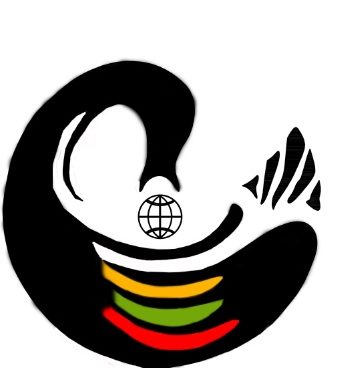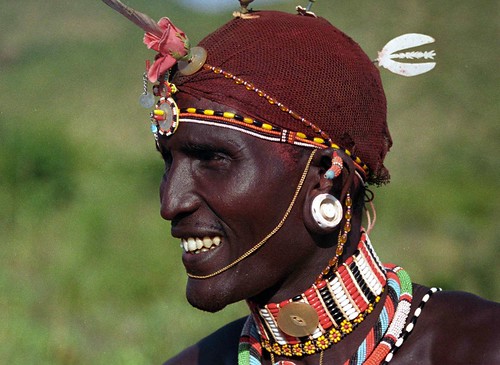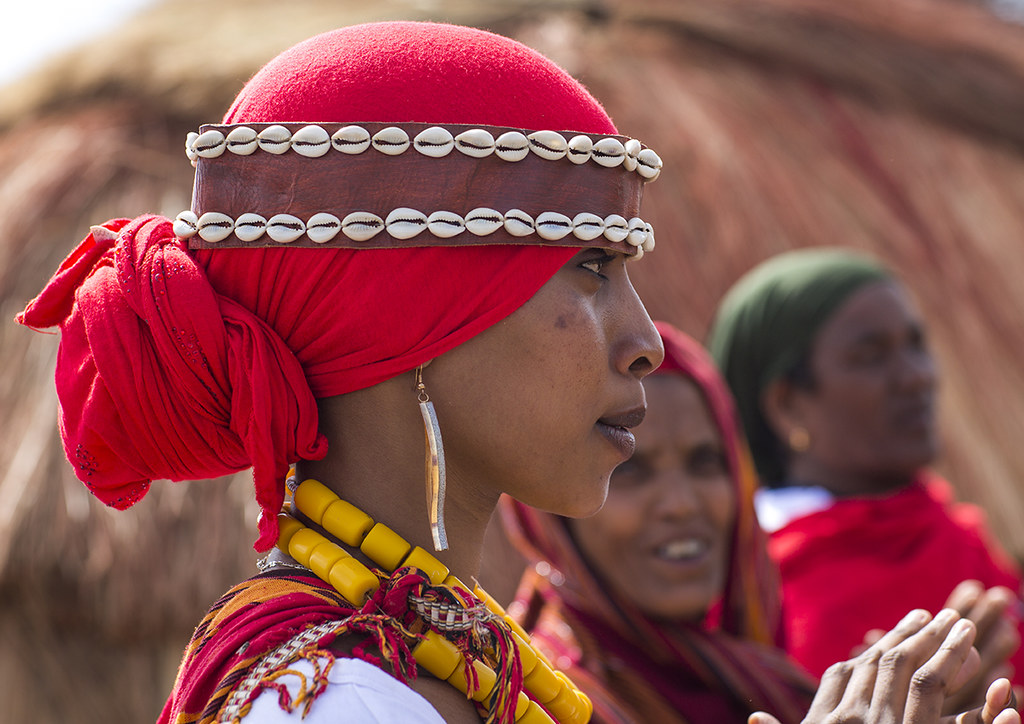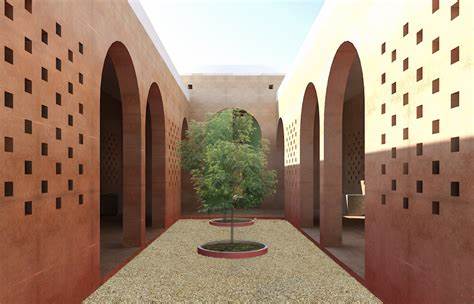Somalia is located in east on the Horn of Africa. It extends from just south of the Equator northward to the Gulf of Aden and occupies an important geopolitical position between sub-Saharan Africa and the countries of Arabia and southwestern Asia. The capital, Mogadishu, is located just north of the Equator on the Indian Ocean. In culture, language, and way of life, the people of Somalia, northeastern Kenya, the Ogaden region of Ethiopia, and the southern part of Djibouti are largely one homogeneous group. The Somali people make up the overwhelming majority of Somalia’s population. They are divided into numerous clans, which are groups that trace their common ancestry back to a single father. These clans, which in turn are subdivided into numerous subclans, combine at a higher level to form clan families. The clan families inhabiting the interfluvial area of southern Somalia are the Rahanwayn and the Digil, which together are known as the Sab. The Somali language belongs to the Cushitic branch of the Afro-Asiatic language family. Despite several regional dialects, it is understood throughout the country and is an official language. The second official language is Arabic, which is spoken chiefly in northern Somalia and in the coastal towns. Owing to Somalia’s colonial past, many people have a good command of English and Italian, which, in addition to Somali, are used at the country’s colleges and universities. Swahili also is spoken in the south. Agriculture in Somalia can be divided into three subsectors. The first sector focuses on raising goats, sheep, camels, and cattle, and has become increasingly market-oriented. The second sector is the traditional, mainly subsistence, agriculture practiced by small farmers. This traditional sector takes two forms: rain-fed farming in the south and northwest, which raises sorghum, often with considerable head of livestock; and small irrigated farms along the rivers, which produce corn, sesame, cowpeas, and—near towns—vegetables and fruits. The third sector consists of market-oriented farming on medium- and large-scale irrigated plantations along the lower Jubba and Shabeelle rivers. There the major crops are bananas, sugarcane, rice, cotton, vegetables, grapefruit, mangoes, and papayas. There are many famous Somali artists, poets, musicians, actors, and dancers, some of whom live in exile. Nuruddin Farah, whose novels are written in English, has achieved international fame.
Things to Do:
Visit Shanghai Old City
Visit the Saryan Museum
Relax at Liido Beach






